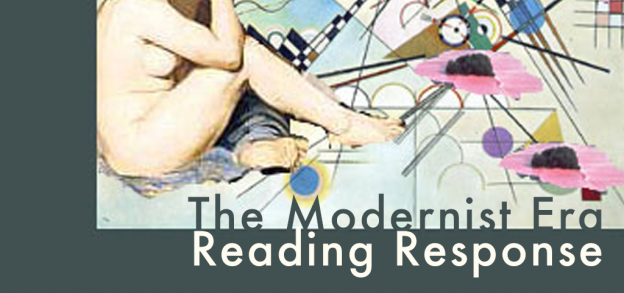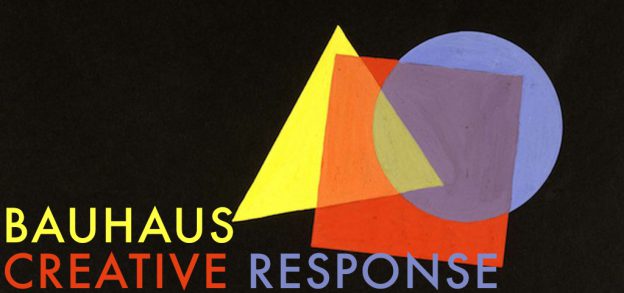The first essay starts off with the idea that Modernism doesn’t propagate a single “truth”, but rather a set of conventions that the audience can engage with. I agree with his idea that taking action is easier with a set of conventions to agree or disagree with, akin to a debating, which I do as a co-curricular activity – motions such as “This house would only display feminist art in galleries” could be taken to be the convention, and debaters could then take action for or against the motion. In this sense, modernist artists, to me, are like cogs that set gears into motion.
Milton Glaser then writes about how he does not believe that one principle, such as “simplicity or reductiveness”, can be universally applied to every problem – that people are too complicated. I somewhat agree with this view – I think there are fashions of every time period – maybe in the 21st century, it could be minimalism and elegance, and designers could make more profit if they subscribed to these norms. But then again, breaking these norms can also work to artists’ benefit, for uniqueness can gain you notoriety and fame (like Damien Hirst and his preserved animal sculptures). I think everyday artists today subscribe to some base ideals that could gain them profit, but also try to inject their own personal flair so that they can capitalise on their “signature look”.
Glaser is also evidently against the Modernist idea of not representing forms from real life, citing reasons such as that he feels that they take away from the eroticism and passion of life. He then goes on to tie this apparent lack of passion to why corporations favour Modernist ideas in mass production, noting that its ubiquity signals that Modernist ideas will not die anytime soon. In my opinion, it makes sense that brands such as Apple subscribe to such ideals in order to appeal to the largest consumer base, unhindered by personal touches that could potentially alienate some markets – after all, every human is vastly different in their wealth of experiences.
The second essay takes on a more positive view of Modernism, noting the backlash against it in the Postmodern movement, then the author’s own tendencies towards Modernist paintings in his youth and later, and the changing face of Modern design. I was especially struck by his example of Grapus, a collective that “goes to great lengths to make their work appear immediate”. Researching more about them, even though it looks rushed, takes great effort to portray a “Hot-off-the-press” vibe, which is another Modern thought. In his analysis, I came to understand Modernism more as a set of changing philosophies rather than a set of rules that dictate how minimalist things should be, which seems to be the main criticism hurled at the movement.
In the last essay, Rudolph deHarak suggests another essence of Modernism – to create and evolve forms that communicate content richly. He notes that the Swiss Style and Bauhaus, which was critiqued rather harshly in the first essay, were “essential developments and strong reflections of their time”
He also talks about how his understanding of Modernism has changed throughout the years, most noticeably, how he is more interested in the idea of problem-solving now. He champions Modernism for suggesting a movement ahead of its time, for organic change, and for creativity and problem-solving. I feel that this is a much more balanced view than the first essay, for I do agree with him that design is very much problem-solving oriented now (in the graphic design industries – for example branding, for it is definitely difficult to form a cohesive, lasting brand for a company), and that concept has come about through the gradual, organic evolving of Modernism itself.



